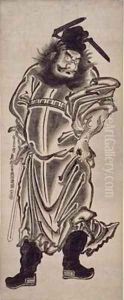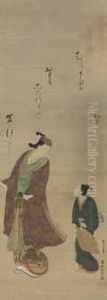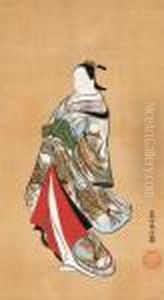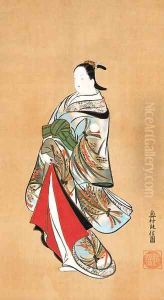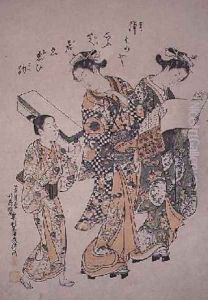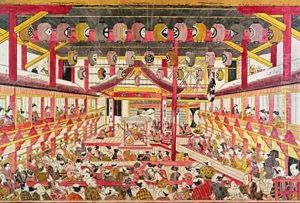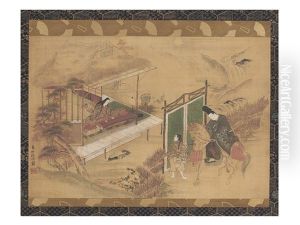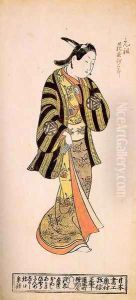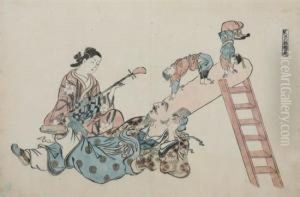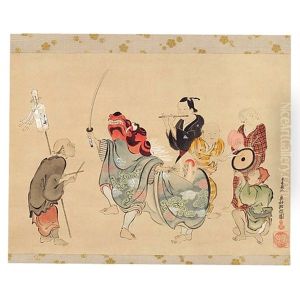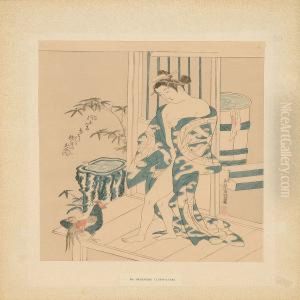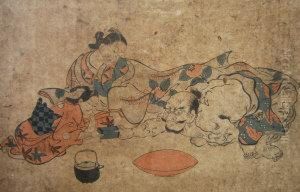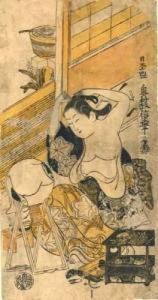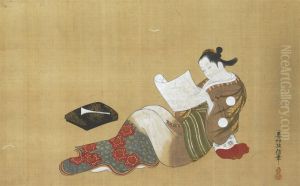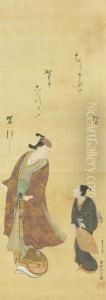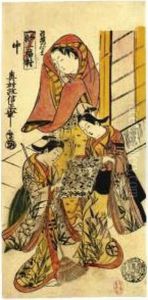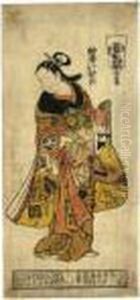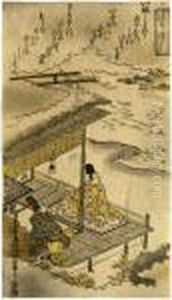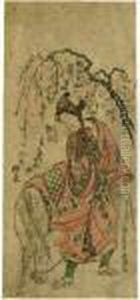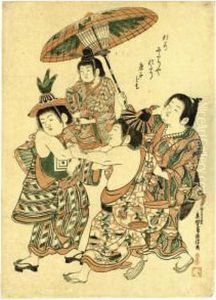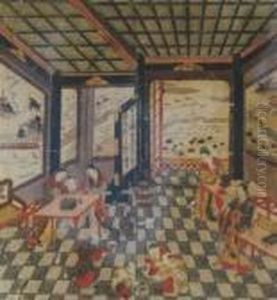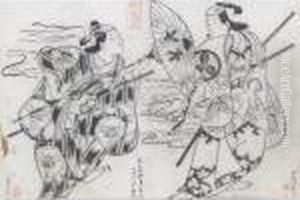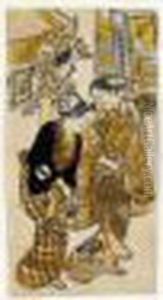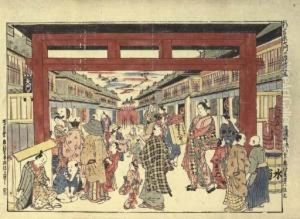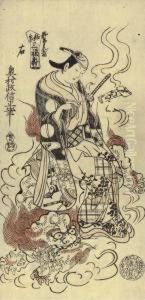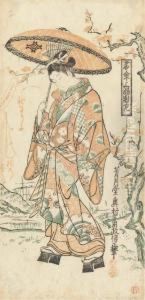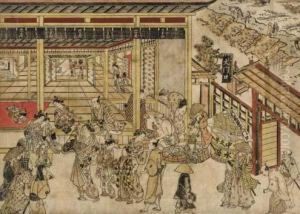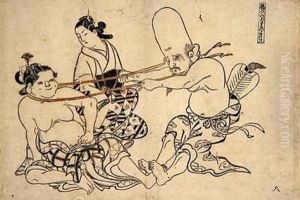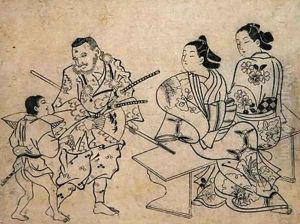Okumura Masanobu Paintings
Okumura Masanobu was a Japanese printmaker and painter who played a significant role in the early development of the ukiyo-e genre of woodblock prints. Born in 1686 in Edo (present-day Tokyo), Masanobu was active during the first half of the 18th century, a period that saw the rise of ukiyo-e as a popular art form among the merchant class in Japan. Masanobu started his career as an illustrator for books but eventually became known for his prints. He was an innovative artist who experimented with various techniques and formats, including large-sized prints and the use of multiple blocks to achieve different colors. Masanobu was also one of the first ukiyo-e artists to produce full-color prints (nishiki-e), which later became a standard in the genre. His works often depicted beautiful women (bijin-ga), kabuki actors (yakusha-e), and scenes from everyday life of the common people, reflecting the culture and fashion of the Edo period. Masanobu's contributions to the ukiyo-e movement were significant, and he is remembered as a pioneer who helped pave the way for later masters like Suzuki Harunobu and Kitagawa Utamaro. He passed away in 1764, leaving behind a legacy that would influence countless artists in the centuries to follow.
